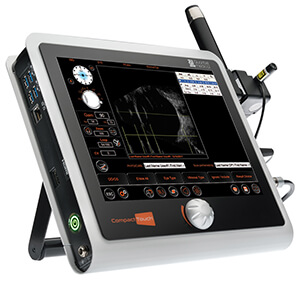A Scan

Amplitude Scan ultrasound biometry, also referred to as A-Scan, utilizes an ultrasound device for diagnostic testing. This device can determine the length of the eye and can be useful in diagnosing common sight disorders.
A-Scans are also extremely beneficial in cataract surgeries, as they enable the Opthalmologist to determine the power of the intraocular lens (IOL) needed for the artificial implant. Another use for A-Scans is diagnosing and measuring masses in the eyes.

